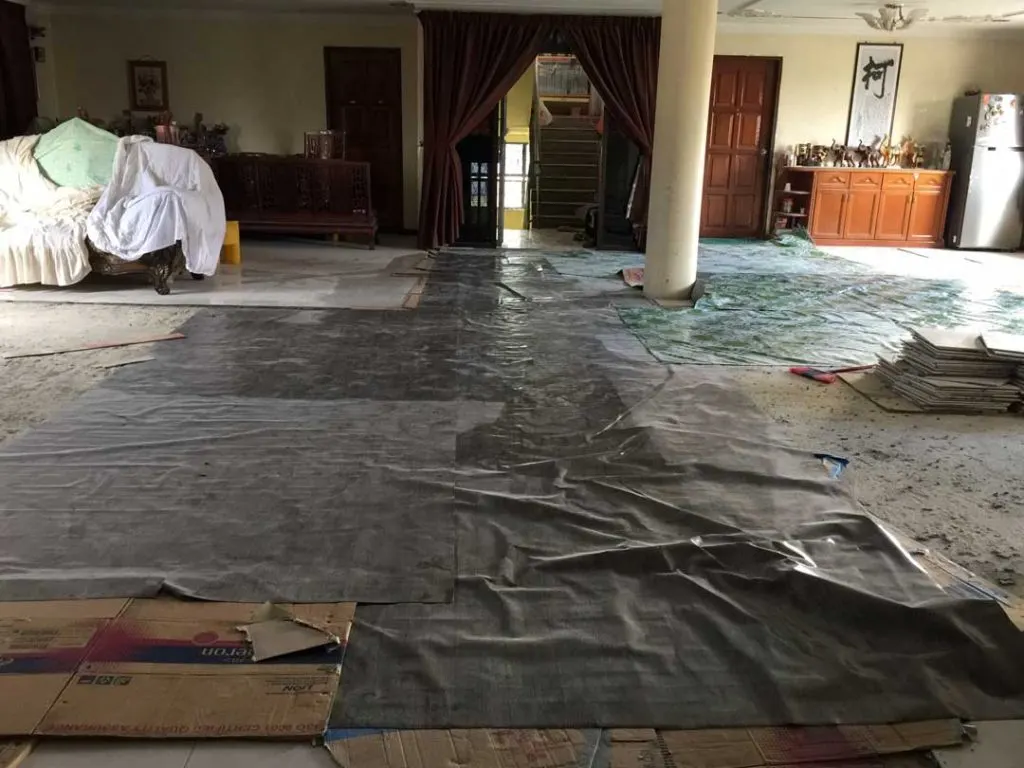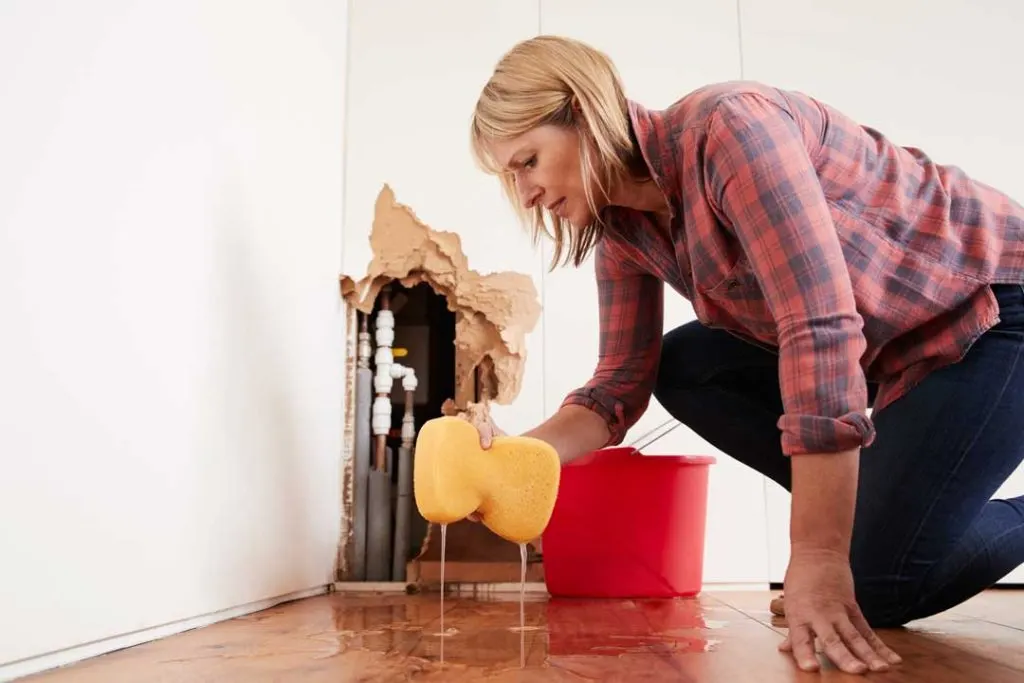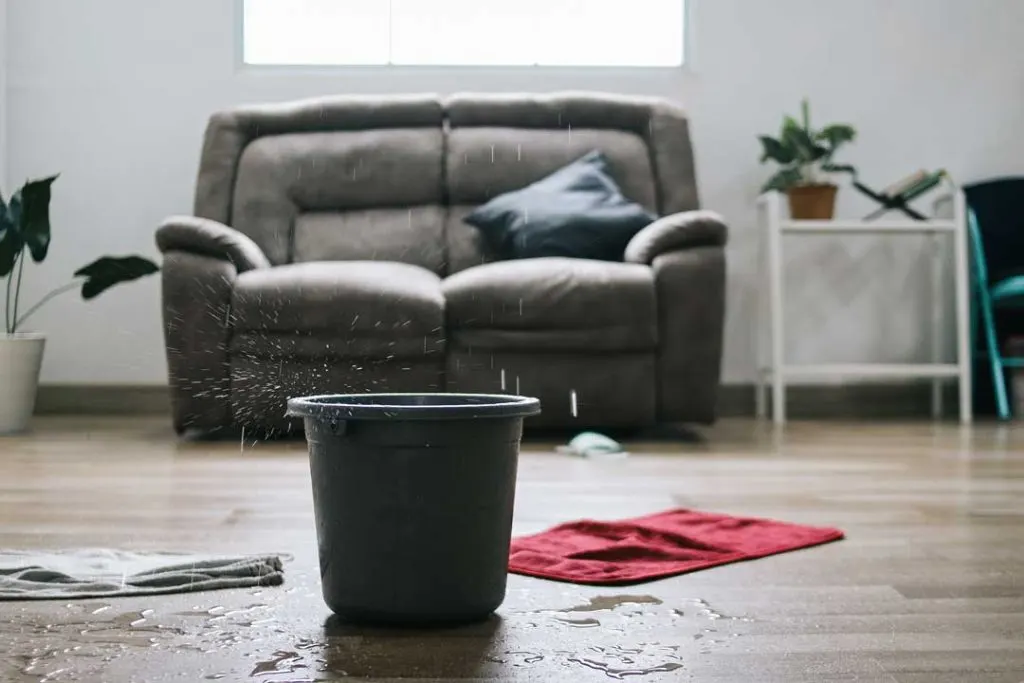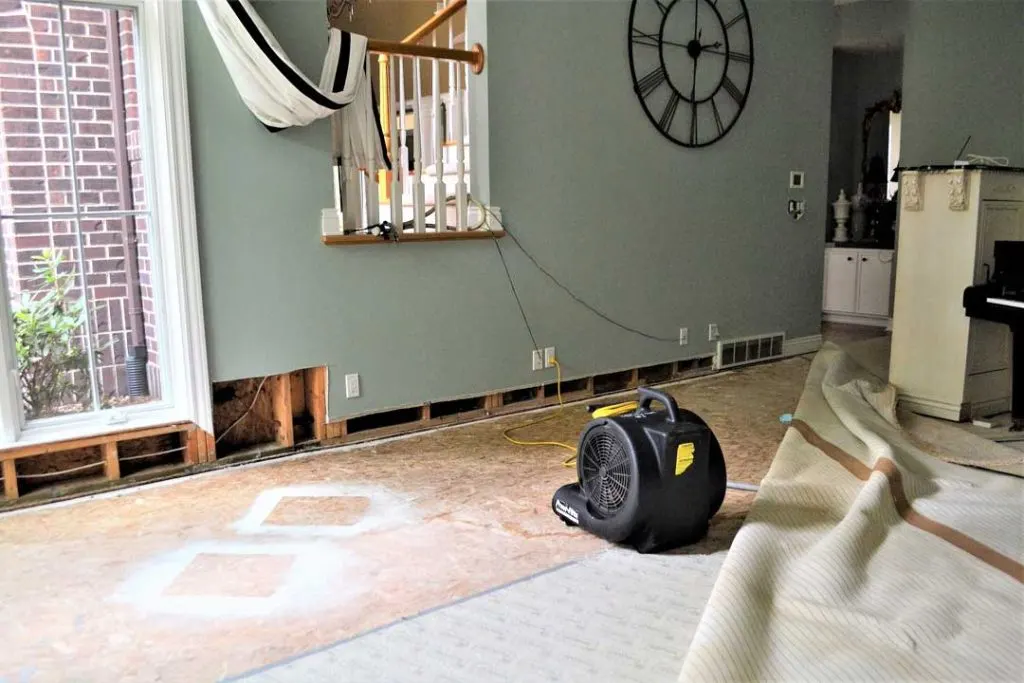Water damage can strike at any time, leaving Utah homeowners with costly repairs. Water damage restoration in Utah requires immediate action to prevent mold, structural damage, and expensive fixes.

Water damage in a Utah home can strike without warning, turning a peaceful day into an emergency situation. Whether it’s from burst pipes, flooding, or severe weather, immediate action is crucial to minimize damage and protect property value. The most critical steps are to ensure personal safety by turning off electricity, stopping the water source if possible, and contacting professional water damage cleanup services in Utah to begin immediate water extraction and restoration.
Water Damage Restoration Utah: What to Do First
Standing water poses serious risks to both property and health. Water can quickly seep into walls, floors, and valuable possessions, creating an environment where mold thrives within 24-48 hours.
The damage compounds with each passing hour, making swift response essential for Utah homeowners facing water emergencies.

The restoration process requires specialized knowledge and equipment to address both visible and hidden damage. Professional assessment helps identify potential structural issues, electrical hazards, and areas requiring immediate attention to prevent secondary damage to the property.
Key Takeaways
- Turn off power and stop water flow immediately while maintaining personal safety
- Document damage and contact insurance providers before beginning cleanup efforts
- Seek professional water damage restoration services to prevent mould growth and structural issues
Emergency Response and Safety Considerations

Water damage demands swift action and careful attention to safety protocols to prevent injuries and minimize property destruction. Every second counts when dealing with water emergencies in Utah homes.
Assessing the Situation and Ensuring Safety
Turn off all electrical power at the main breaker box before entering flooded areas. Water and electricity create lethal hazards that require immediate action.
Wear protective gear, including rubber boots, gloves, and a face mask, especially when dealing with contaminated water from sewage backups or natural floods.
Evaluate structural risks before entry. Sagging ceilings, cracked walls, or warped floors indicate potential collapse hazards that require professional assessment.
If flood waters reach above electrical outlets, evacuate immediately and contact emergency services.
Watch for slip hazards on wet surfaces, particularly on stairs and tile floors.
Stopping the Source of Water Damage
Locate and shut off the main water valve, typically found in the basement or utility room. Every household member should know its location for emergencies.
For burst pipes, close the nearest shut-off valve to the affected area. These valves are often under sinks or behind appliances.
Check appliances for malfunctions. Shut off water supply lines to washing machines, dishwashers, or water heaters if they’re leaking.
For roof leaks, use buckets to catch water and cover damaged areas with waterproof tarps if weather permits safe access.
Document the source and extent of damage with photos for insurance purposes while waiting for professional help.
Damage Control and Restoration Process
Swift action and proper restoration procedures are essential to minimize damage and prevent long-term issues after water damage occurs in a home.

Professional restoration services combined with proper documentation can make the difference between a successful recovery and costly complications.
Initial Water Damage Mitigation
Remove standing water immediately using pumps or wet vacuums. Open windows and doors to create cross-ventilation, weather permitting.
Set up industrial fans strategically around affected areas to promote air circulation. Position them at 45-degree angles to walls for optimal airflow.
Place dehumidifiers in water-damaged spaces to reduce moisture levels. Monitor humidity readings with a moisture metre, aiming for levels below 50%.
Remove wet items such as furniture, carpets, and personal belongings to a dry area for assessment. Dispose of severely damaged items that cannot be salvaged.
Documentation and Communication with Your Insurance
Take detailed photos and videos of all damaged areas before beginning cleanup. Document water levels, affected materials, and structural damage.
Create a comprehensive list of damaged items, including:
- Purchase dates
- Estimated values
- Model numbers
- Serial numbers
Contact the insurance company immediately to report the damage. Request an adjuster visit and obtain a claim number for reference.
Keep all receipts for emergency repairs and temporary accommodations. Maintain a log of all communications with insurance representatives.
Thorough Cleaning, Drying, and Mold Prevention
Sanitize all affected surfaces with appropriate cleaning solutions to prevent bacterial growth. Pay special attention to porous materials.
Monitor moisture levels daily using a moisture metre. Continue drying efforts until readings indicate normal levels.
Look for signs of mold growth:
- Musty odours
- Discoloured spots
- Fuzzy patches on surfaces
Set up containment barriers to prevent cross-contamination in unaffected areas. Maintain proper ventilation throughout the drying process.
Professional Water Damage Repairs
Engage certified restoration professionals to assess structural damage. They will evaluate:
- Wall integrity
- Floor stability
- Electrical systems
- Plumbing components
Allow professionals to remove damaged materials like drywall and insulation. These items often cannot be salvaged after significant water exposure.
Coordinate with contractors to develop a comprehensive repair plan. This should include timelines and cost estimates for:
- Material replacement
- Structural repairs
- System restoration
- Final finishing work
Ensure all repairs meet local building codes and standards. Request proper documentation for completed work.
Utah Homeowners’ Guide to Water Damage Cleanup
Acting quickly after water damage is vital to protect a Utah home and its occupants. The first few hours are critical – turning off utilities, documenting damage, and contacting insurance can mean the difference between minor repairs and major restoration.
Professional water damage specialists possess the expertise and equipment to properly dry, clean, and restore affected areas. Their involvement helps prevent serious issues like mould growth, structural problems, and compromised air quality.
A systematic approach focusing on safety, documentation, and proper cleanup provides the best path to recovery. With prompt action and professional assistance, homeowners can minimize damage and restore their properties to safe, liveable conditions.

Jessi is the creative mind behind The Coffee Mom, a popular blog that combines parenting advice, travel tips, and a love for all things Disney. As a trusted Disney influencer and passionate storyteller, Jessi’s authentic insights and relatable content resonate with readers worldwide.
